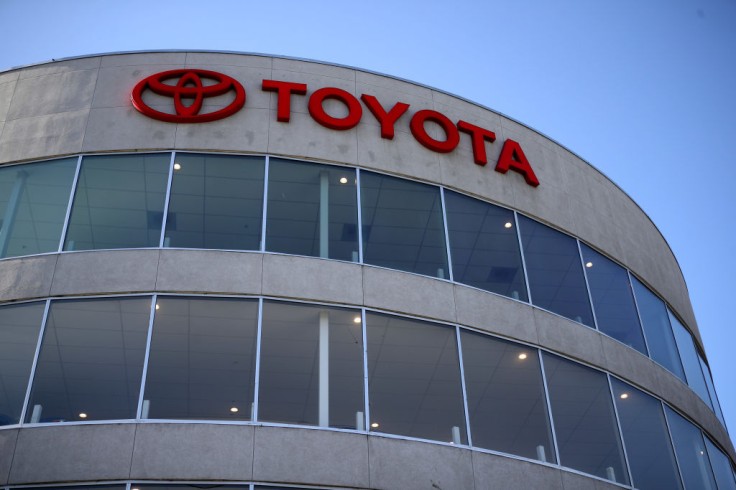Toyota just took one step forward and two steps back.
The popular carmaker recently announced it experienced its first net profit decline in four years while exceeding experts' profit forecast for the previous fiscal year.
Toyota's success may be due to its previously stockpiling semiconductor chips during the initial onset of the COVID-19 outbreak.
Toyota Financial Standing Details

Toyota recently mentioned in a financial results press briefing that its net profit in the fiscal year 2022 was $18.12 billion, a 14% decrease in net profits compared to the previous fiscal year of $18 billion, per Kyodo News.
This net profit loss is the first decline the company experienced in four years even when the lockdowns during the initial onset of the COVID-19 pandemic took place.
The company credited this loss to the rising material costs to produce the cars in its lineup, with 2022's operating profit coming March 2023 sliding down to 9%. More specifically, the rising cost of steel and aluminum, coupled with the constraints of the semiconductor shortage and other natural disasters, prevented Toyota from keeping its operating costs low.
However, the automaker posted record sales due to robust vehicle sales and a weaker yen that bloats its overseas sales when repatriated. Additionally, the efforts of Toyota's production sites and dealers helped increase year-on-year sales volume across all of Toyota's regions, per Japan Times.
Interestingly, it is these record sales that helped Toyota exceed expectations, allowing it to have an upbeat approach to its sales during the current fiscal year.
Case in point, the automaker sold more than 10.5 million cars worldwide in the last financial year, including those from its subsidiaries like Hino Motors and Daihatsu. It is even projecting a potentially massive net profit jump for the current fiscal year.
Thanks to this, the company expects it'll increase its net profit by 5% due to "improvements in semiconductor supply and the efforts of production sites."
Toyota's Chief Financial Officer, Yoichi Miyazaki, mentioned that Toyota is expecting growth in all regions, although the immediate term is not all normal yet; its ability to manage semiconductor supply has significantly improved, however.
You may remember that Toyota previously stockpiled semiconductor chips during the shortage to retain its production strength in a time of COVID-19-related lockdowns and quarantines, per Fortune.
Toyota's Hopes For the Future
Toyota recently underwent an organizational shakedown, with its now-former CEO, Akio Toyoda, being replaced by Koji Sato, per Toyota's announcement.
With a new CEO in charge, Toyota, under Sato, vowed to "accelerate" the development of battery-powered EVs through a new approach that includes the invention of next-generation Lexus vehicles by 2026.
The company also looks forward to boosting annual EV sales to 1.5 million units by 2026, with it planning to launch 10 models ranging from luxury vehicles to compacts and commercial vehicles in the US and China.
The company expects these new models to hit their respective markets in 2026, which will be building three new platforms to achieve mobility unique to EVs: the body and chassis, the electronic platform, and the software platform.
Related Article : Hacker Accessed Toyota Supplier Portal and Informs Them of the Breach









